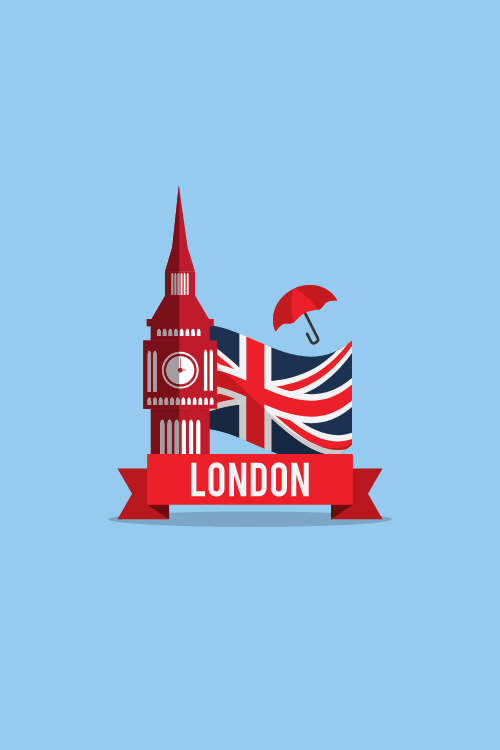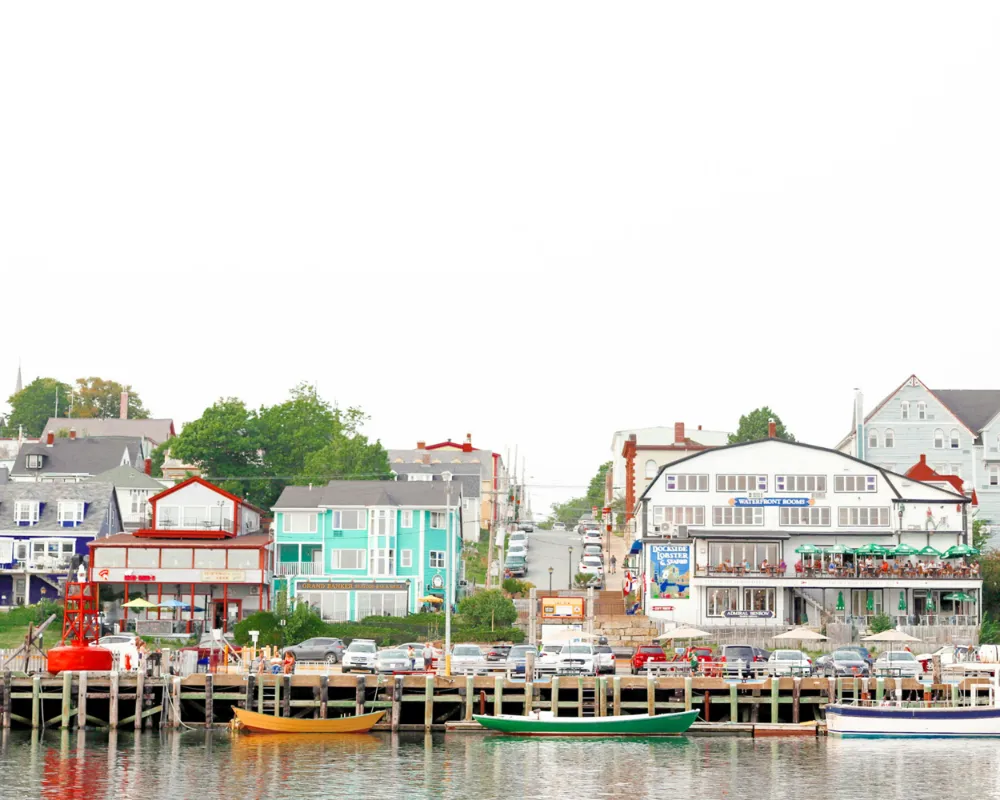eSIM Canada
The Best Time to Visit Nova Scotia: A Decision-Making Guide for Your Perfect Trip
When is the best time of year? Should I book September or July? Will May be too cold? Can I actually see whales in June?
Here’s the answer: Late September through early October is objectively the best time to visit Nova Scotia for the stunning fall colours. you’ll catch peak fall foliage in the Cape Breton Highlands (September 25-October 10), avoid the July-August crowds that triple hotel prices, and enjoy weather still warm enough for comfortable hiking (daily highs 12-18°C).
But that’s only true if you care about foliage and don’t mind that some South Shore restaurants start closing mid-week after Canadian Thanksgiving.
The right answer depends entirely on what you’re actually coming here to do. This guide works backward from your priorities to give you specific booking windows, trade-offs, and the logistics.
Timing Your Trip To Nova Scotia: Based on What You Actually Want
| Your Priority | Book These Dates | Why This Window Works |
|---|---|---|
| Peak fall foliage | Sept 20 – Oct 15 | Cape Breton peaks late Sept; Annapolis Valley peaks early Oct; book 4-5 months ahead |
| Whale watching | July 15 – Sept 15 | Humpbacks and finbacks most active; tours run daily; Brier Island and Pleasant Bay have highest success rates |
| Budget travel | May 15 – June 15, Oct 15 – Nov 15 | Halifax hotels drop from $285/night (July average) to $145/night; 40% fewer crowds |
| Beach weather | July 20 – Aug 25 | Water temps hit 17-19°C (swimmable); Martinique Beach and Queensland Beach warmest; book 6+ months ahead |
| Avoiding crowds | May 15 – June 20, Sept 15 – Oct 10 | Peak season (July-Aug) brings 3x visitor volume; shoulder season = easier Cabot Trail driving, no restaurant waits |
| Cabot Trail driving | Sept 10 – Oct 5 | Perfect sight lines, peak colours, comfortable temps (10-16°C), minimal fog; avoid July-Aug RV traffic |
| Lobster season | May 15 – June 30, Nov 15 – Dec 31 | Spring and late fall dumps—freshest, cheapest; expect $16-20/lb vs. $28-32/lb in summer |
| Celtic culture | Oct 7-15, 2024 (Celtic Colours) | Cape Breton’s music festival; requires 6-month advance booking; transforms the island |
There is no perfect time for everything.
July gives you beach weather but costs 50% more and means competing for parking at Peggy’s Cove with tour buses.
May offers empty trails and low prices but you’ll find 40% of Lunenburg’s restaurants closed weekdays and black flies emerging in Cape Breton by late month.
Your job isn’t finding the “best” time, it’s finding your time.
Stop Overpaying in Roaming Fees (Or Wasting Time Hunting for Local SIM Cards)
Overseas travel often means choosing between outrageous roaming charges or scrambling for local SIM cards the moment you land.
One drains your budget. The other steals time away from your holiday.
Smart travelers are now switching over to eSIMs.
eSIMs give you data at a fraction of the cost of what your telco charges for roaming and most modern phones have eSIM technology set up – (although you’ll need to check your phone’s compatibility here).
How eSIM4.com Works:
- Step 1: Pick your destination and data plan
- Step 2: Scan our QR code (takes 3 minutes)
- Step 3: Land overseas with instant local network access
No queues. No tiny plastic cards. No bill shock.
Just seamless, affordable data from the moment you land.
Stop letting phone companies raid your travel budget. Join the smart travelers who’ve already switched.
Get Your eSIM NowMonth-by-Month: What You’re Actually Booking Into
May: A Gamble That Often Pays Off
Weather Reality
- Halifax: 8-16°C, warming weekly
- Cape Breton Highlands: 5-12°C, snow patches until mid-month above 300m
- 12-14 hours daylight
- Rain: 10-12 days, often morning showers clearing by afternoon
What’s Actually Open The season starts gradually. Fortress of Louisbourg opens May 15. Most Halifax restaurants and attractions operate year-round, but drive to Lunenburg and you’ll find South Shore Gallery and Blue Rocks Road restaurants operating weekends-only until Victoria Day (third Monday in May). Cape Breton Highland lodges begin opening mid-month—Keltic Lodge opens May 20, but many Cabot Trail motels wait until June 1.
Crowds You’ll have the Maritime Museum of the Atlantic essentially to yourself on a Tuesday morning. Peggy’s Cove lighthouse sees maybe 200 visitors on a typical May weekday versus 2,000+ in July. Book restaurants the day you want to go.
Prices
- Halifax hotels: $130-165/night average (40% below July)
- Rental car: $45-60/day
- Lobster: $18-22/lb (spring season runs to June 30)
Insider Tip Late May is mud season’s end but black fly season’s beginning in Cape Breton’s interior. The Skyline Trail stays bug-free (coastal winds), but inland hikes like Franey Trail become miserable by May 25. Pack bug spray or stick to coastal trails.
Book This Month If… You prioritize value over guaranteed sunshine, don’t mind that 30% of tourism infrastructure isn’t fully operational, and you’re comfortable with weather variability. May rewards flexible travelers who can pivot plans when marine fog rolls into the South Shore’s picturesque coastal villages.
What They Don’t Tell You Late April through early May is genuine mud season—trails are soupy, many dirt roads are impassable, and locals know better than to hike inland routes. Wait until May 15 minimum, May 20 ideally.
June: The Window Before the Crowds Arrive
Weather Reality
- Halifax: 13-20°C, increasingly reliable
- Cape Breton: 10-18°C, still cool evenings
- 15-16 hours daylight (sunset after 9 PM by late month)
- Rain: 10-12 days, but warmer and less persistent than May
What’s Actually Open Full operational mode by June 15. Every restaurant, every tour operator, every attraction is running. Sailing and whale watching tours from Brier Island and Pleasant Bay begin June 1 (though July-August offers better sightings). The Halifax Waterfront comes alive—Murphy’s Cable Wharf opens for the season, and you’ll catch the Royal Nova Scotia International Tattoo (June 26-July 3, 2024) at the Halifax Citadel National Historic Site.
The Crowd Reality Early June feels like Nova Scotia’s secret—everything’s open, weather’s improving, but American summer vacation hasn’t started. By late June, you’ll see increasing visitors, but nothing like July’s onslaught. The Cabot Trail remains easy to drive, no traffic jams at lookouts.
Prices
- Halifax hotels: $155-195/night (transitioning toward peak)
- Rental car: $55-75/day
- Lobster: $20-24/lb (spring season ends June 30)
Insider Tip June is strawberry season in the Annapolis Valley. Stop at any farm stand between Wolfville and Kentville for berries picked that morning—you’ll pay $6 for a quart that tastes nothing like grocery store cardboard. Time it with Annapolis Valley Apple Blossom Festival (late May-early June).
Book This Month If… You want operational convenience without peak prices or crowds. June is the Goldilocks month for many travelers—warm enough for comfortable hiking, cool enough to avoid August’s humidity, and uncrowded enough that you’re not fighting for space while exploring the beautiful coastal landscapes around the province.
What They Don’t Tell You Black flies peak in Cape Breton’s interior mid-to-late June. The Skyline Trail stays mostly bug-free (coastal exposure), but hike Middle Head Trail or venture inland and you’ll understand why locals carry head nets. The bugs don’t bite—they crawl into your eyes, ears, and nose. This isn’t exaggeration.
July: Peak Season Means Peak Everything
Weather Reality
- Halifax: 18-24°C, warmest month
- Cape Breton: 16-22°C, perfect hiking temps
- 15-16 hours daylight
- Rain: 9-11 days, often afternoon thunderstorms
- Ocean temps: 15-17°C (tolerable for swimming at Martinique Beach)
What’s Actually Open Everything, everywhere, all at once. This is when Nova Scotia operates at full capacity. Outdoor activities from kayaking to hiking are in full swing across the province.
The Crowd Reality Here’s what peak season actually means: You’ll wait 30-45 minutes for lunch at The Bite House in Baddeck without a reservation. Peggy’s Cove sees 3,000+ visitors on a typical July day—arrive before 8 AM or after 7 PM if you want photos without 50 people in frame. The Cabot Trail’s scenic pullouts fill completely by 11 AM, and you’ll encounter RV traffic that slows travel by 30%.
Cape Breton Highland campsites (Broad Cove, Chéticamp, Ingonish) book out 3-4 months ahead. Halifax’s waterfront boardwalk becomes a solid mass of tourists between noon and 6 PM.
Prices
- Halifax hotels: $285-340/night (peak rates)
- Rental car: $85-120/day (book 6+ months ahead or expect $150+)
- Lobster: $28-32/lb (tourist pricing, not fresh catch season)
Love Seafood? The Halifax Seaport Farmers’ Market (Saturday mornings, 7 AM-3 PM) is a madhouse by 9 AM in July. Arrive at 7 AM opening, you’ll actually talk to vendors, sample products without a line, and leave by 8:30 AM before it becomes unbearable. For a true Nova Scotian experience, grab a Halifax donair from King of Donair afterward, then head to Halifax Public Gardens before heat builds—these Victorian gardens offer shade and respite from the busy city of Halifax.
Book This Month If… You have school-age kids (no choice), you prioritize beach weather over everything else, or you’re attending specific July events like Halifax Jazz Festival (July 9-14, 2024). Just understand you’re paying premium prices for the privilege of sharing Nova Scotia with everyone else who had the same idea.
What They Don’t Tell You July is when you’ll wait for tables at restaurants that seat you immediately in May. That spontaneous dinner at The Bicycle Thief on Halifax’s waterfront? Not happening without a 6 PM or 9 PM reservation made days ahead. Even casual spots like Darrell’s Restaurant in Halifax fill completely during prime dinner hours. If you’re craving fresh lobster and scallops or seafood chowder, book ahead or visit the waterfront early.
August: July’s Continuation (With Warmer Water)
Weather Reality
- Halifax: 18-24°C, holding steady
- Cape Breton: 17-23°C, warmest water temps all year
- 14-15 hours daylight (noticeably shorter by late month)
- Rain: 9-10 days
- Ocean temps: 17-19°C (actual swimming weather at Queensland Beach, Martinique Beach)
What’s Actually Open Still full operational mode through Labour Day (September 2, 2024), then you’ll see the shift. Many seasonal businesses close immediately after Labour Day—Cabot Trail motels, South Shore restaurants, some tour operators.
The Crowd Reality Identical to July through mid-month. After August 20, you’ll notice fewer families (school starts), but European and retired travelers fill the gap. The Cabot Trail remains busy through month’s end. Peggy’s Cove doesn’t become quiet until September.
Prices
- Halifax hotels: $275-330/night (peak holds)
- Rental car: $80-115/day
- Lobster: $26-30/lb
Insider Tip Late August (post-August 20) is when locals take vacation. They know: crowds thinning, weather still excellent, water at annual warmest. If you can swing August 20-31 timing, you get 80% of peak season benefits at 90% of peak prices—but you avoid the absolute crush of mid-summer. This is also perfect for enjoying lobster dinners at waterfront restaurants without the wait.
Book This Month If… You want guaranteed beach weather (warmest ocean temps all year), don’t mind crowds and prices, or you’re specifically chasing late-summer festivals. August is July with slightly warmer water and marginally fewer families after the 20th.
What They Don’t Tell You Hurricane season runs June through November, with September-October seeing highest Atlantic activity. August occasionally gets clipped—in August 2024, you might remember checking forecasts nervously. Direct hits are rare (last significant impact: Hurricane Juan, 2003), but tropical systems can bring 2-3 days of heavy rain and wind. Travel insurance with weather coverage makes sense.
September: When Nova Scotia Becomes Itself Again
Weather Reality
- Early Sept: 16-22°C, summer extending
- Late Sept: 12-18°C, crisp and perfect
- Cape Breton: Colours start September 20-25
- 13-14 hours daylight (losing 3 minutes daily)
- Rain: 9-11 days, but briefer systems
What’s Actually Open Labour Day (September 2) is the dividing line. Post-Labour Day, expect:
- 30-40% of Cape Breton’s seasonal lodging closes for winter
- South Shore restaurants drop to 5-6 day weeks (closed Monday-Tuesday)
- Whale watching tours continue through September 30 (some operators into October)
- Major attractions stay open: Fortress of Louisbourg operates until October 31, Halifax sites run year-round
The trade-off is real but manageable with planning.
The Crowd Reality Immediate relief after Labour Day. The Cabot Trail becomes drivable again—no RV traffic jams, empty scenic pullouts mid-day, restaurants seat you immediately. By mid-September, you’ll find Peggy’s Cove with 500-600 daily visitors (down from 3,000 in July).
Then late September brings a different crowd: leaf-peepers and photographers. But they’re fewer in number and more spread out geographically.
Prices
- Halifax hotels: $185-225/night (35% drop post-Labour Day)
- Rental car: $60-80/day
- Cape Breton lodging: Limited inventory but reasonable ($110-160/night)
Insider Tip Time your Cape Breton visit for September 25-October 5 if colours are your priority. The Cabot Trail’s colours peak in sequence: French Mountain and North Mountain (late September) → The quaint fishing villages of the South Shore, including the UNESCO World Heritage Site of Lunenburg, take on a special glow in early fall light as the coastal landscapes come alive with autumn colours.
Related Articles:
Best Time To Visit Quebec City










